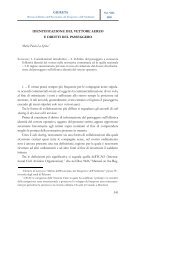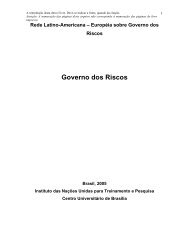YEARS OF EUROPEAN ONLINE ANNÉES DE EN LIGNE ...
YEARS OF EUROPEAN ONLINE ANNÉES DE EN LIGNE ...
YEARS OF EUROPEAN ONLINE ANNÉES DE EN LIGNE ...
You also want an ePaper? Increase the reach of your titles
YUMPU automatically turns print PDFs into web optimized ePapers that Google loves.
the next step conirms that the server is actually located at the same network<br />
address speciied by the domain name in the server certiicate. Users<br />
must perform this step and must refuse to authenticate the server or establish<br />
a connection if the domain names do not match. If the server’s actual domain<br />
name matches the domain name in the server certiicate, the client goes on to<br />
next step, where the server is authenticated.<br />
the SSL protocol supports the use of a variety of different cryptographic algorithms,<br />
or ciphers, for use in operations such as authenticating the server and client<br />
to each other and transmitting certiicates. well-known algorithms include:<br />
• <strong>DE</strong>S (Data Encryption Standard): an encryption algorithm used by the US<br />
government,<br />
• DSA (Digital Signature Algorithm): part of the digital authentication standard,<br />
• RSA: a public-key algorithm for both encryption and authentication, developed<br />
by Rivest, Shamir and Adleman.<br />
Among the open-source products, the modSSL module provides strong<br />
cryptography for the Apache 1.3 web server via the Secure Sockets Layer (SSL<br />
v2/v3) and transport Layer Security (tLS v1) protocols by the help of the<br />
open-source SSL/tLS toolkit OpenSSL. Additional information can be found<br />
at www.modssl.org. further information on OpenSSL can found at http://<br />
www.openssl.org/about/.<br />
Practices<br />
FRANCE<br />
A secure server with a certiicate is used in the Journal officiel.<br />
01_2007_5222_txt_ML.indd 122 6-12-2007 15:13:59


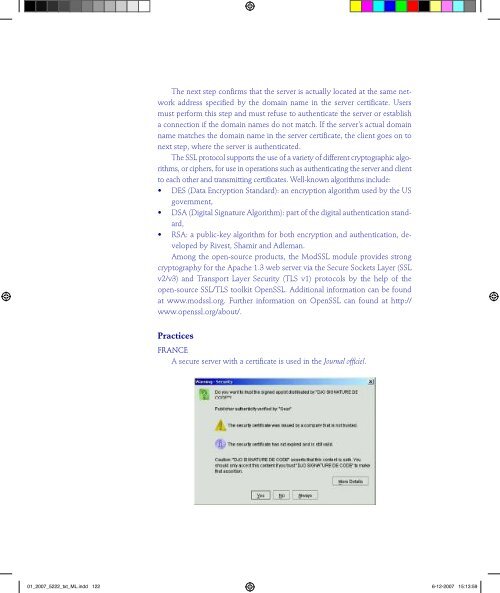
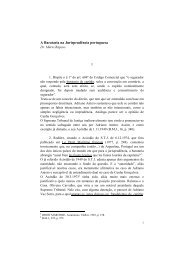
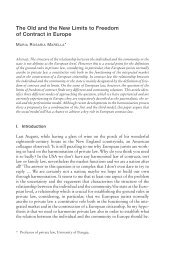


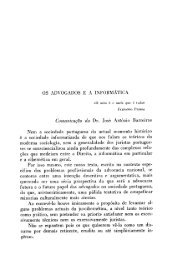
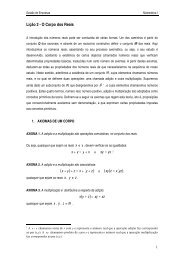
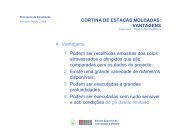
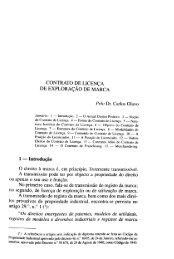
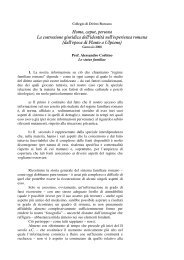
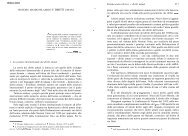

![Luigi Sapio Nozione di islām La parola “islām” [ ] è il mas.dar1 ...](https://img.yumpu.com/15836073/1/185x260/luigi-sapio-nozione-di-islam-la-parola-islam-e-il-masdar1-.jpg?quality=85)
